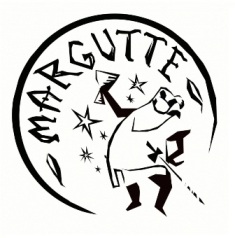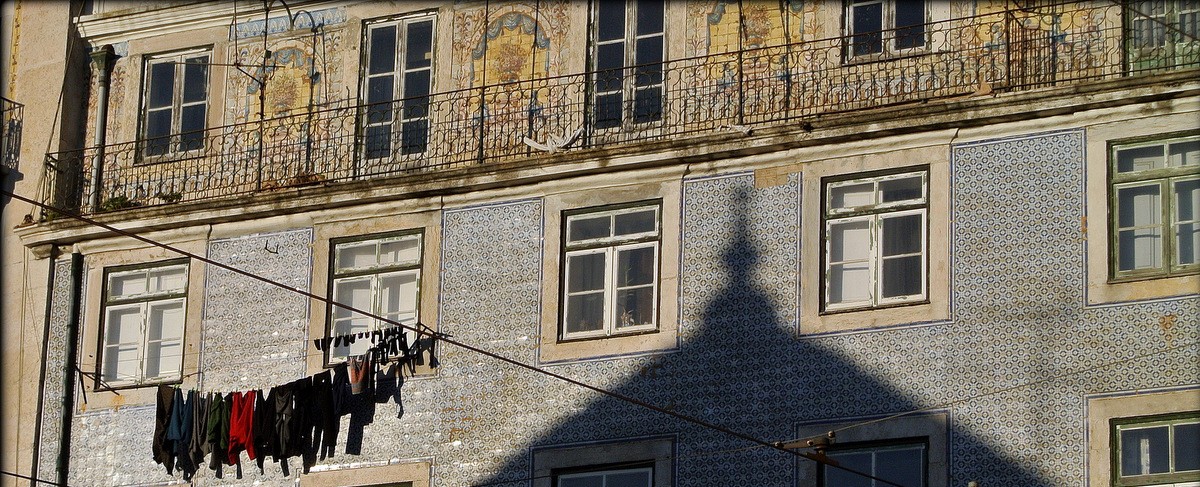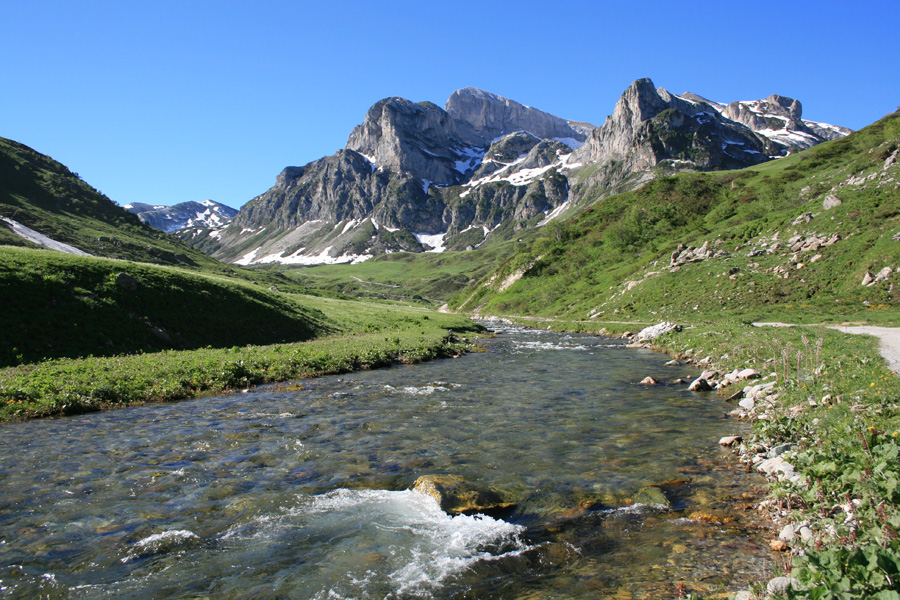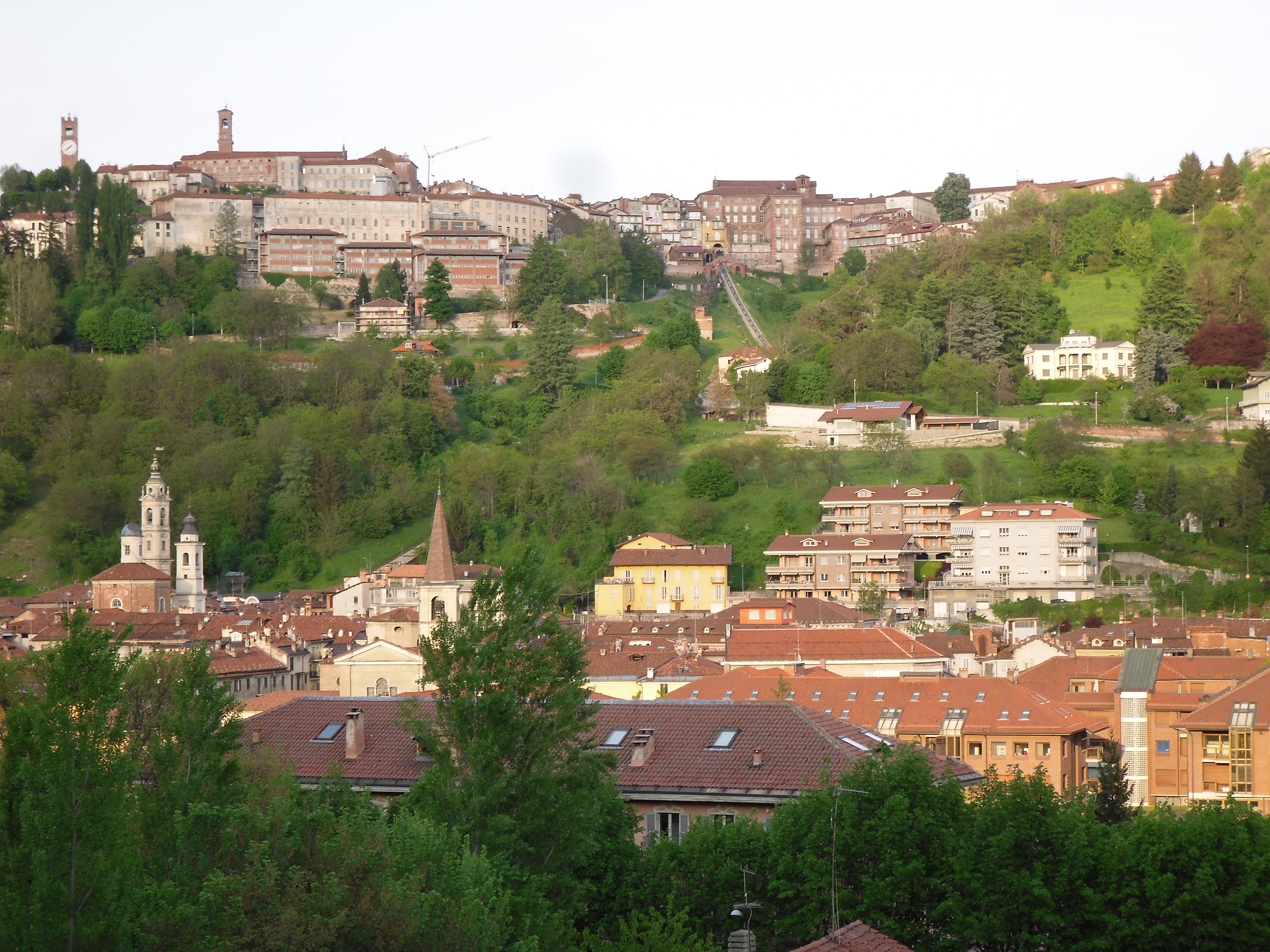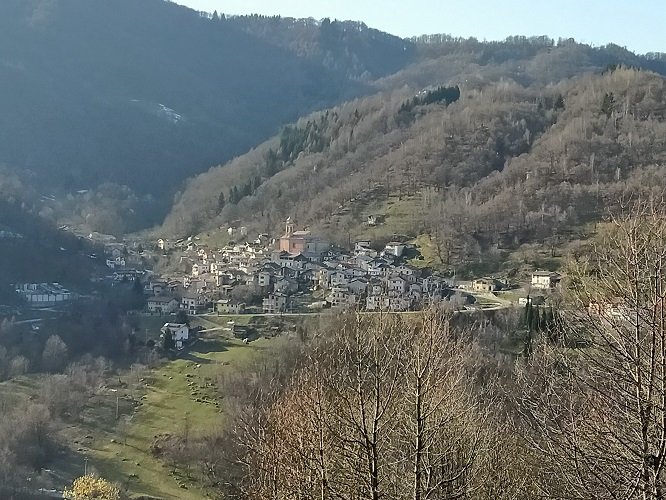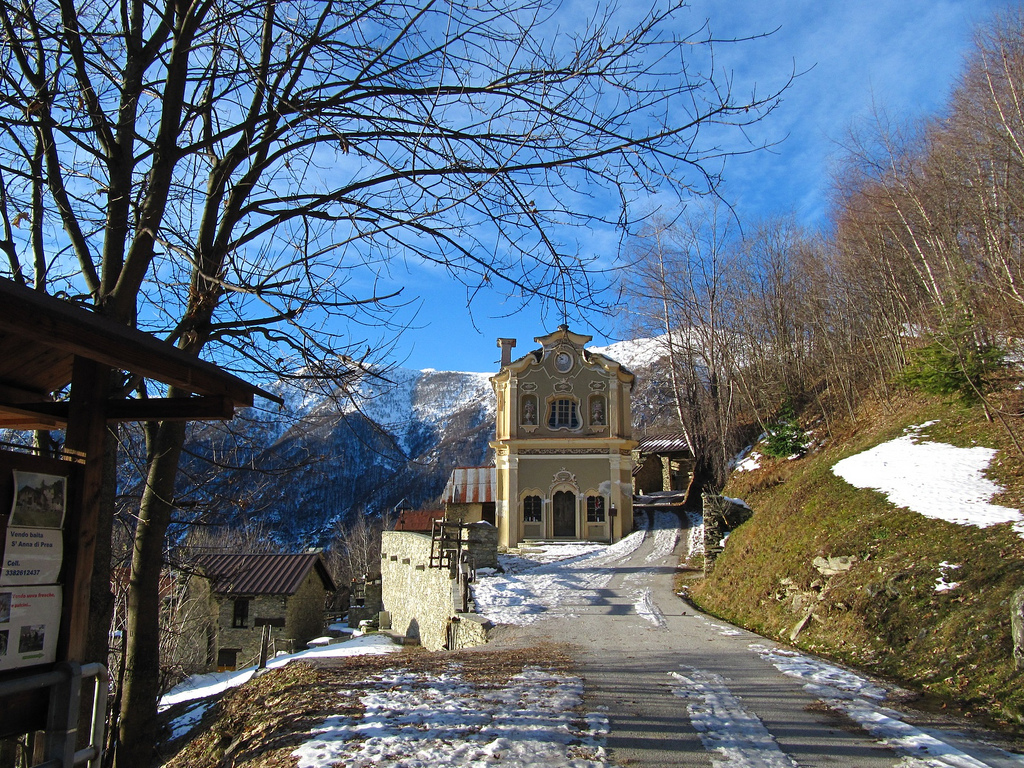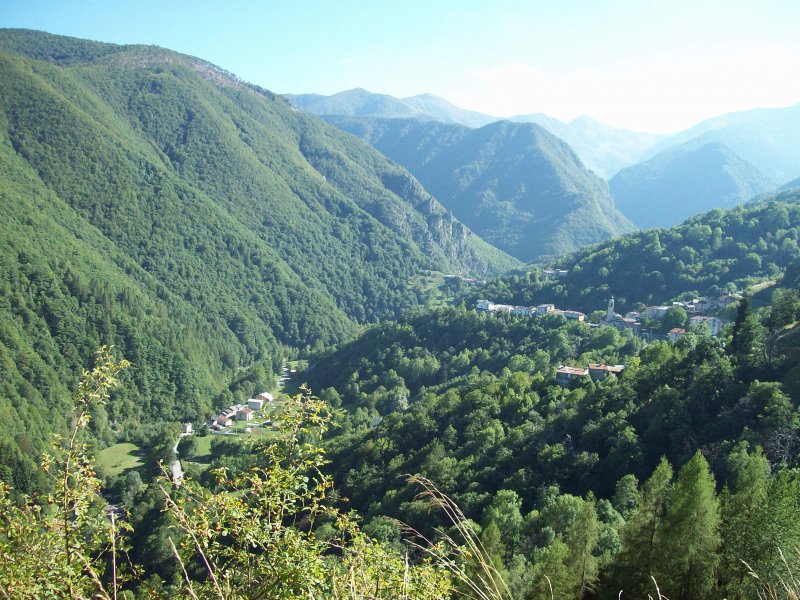ROBERTA FERRARIS
The Occitan variant spoken in the Èllero valley indicates as «Quié (Kyé)» the 1st singular person subjective pronoun «I». Only in 1969, the linguist Corrado Grassi included this dialect spoken in some villages of the Monregalese valleys in the contest of the Occitan language. Five sites of the Quié area are recognized as belonging to the Occitan linguistic minority by the Italian state law 482/99: Frabosa Sottana and Frabosa Soprana in the Maudagna Valley, Roccaforte Mondovì and Villanova Mondovì in the Èllero Valley and Roburent in the Corsaglia Valley.
Visiting route
The starting point is Mondovì leading the group of valleys fanning out from the Mongioie Mountain (2630 m) and the Pizzo Ormea (2476 m) in the Ligurian Alps. Mondovì was founded in the 12th century as a “commune” and in the Middle Ages represented one of the most populated and lively town of Piedmont. Since the 15th century the town has been boasting a tradition in printing and typography and in more recent times in ceramics. The town deserves a visit, particularly the historical centre of Mondovì Piazza, reachable with the funicular, a cable railway, designed by Giorgetto Giugiaro and restored after years of abandon. After visiting the medieval and elegant Piazza Maggiore it is recommended to go up to the Belvedere for an astonishing view of the Alps and several Cuneo valleys.
From Mondovì Breo, the lower modern town, passed the river Èllero, reach Villanova Mondovì along the road SP5. The town modern suburban part is vast whereas the historical centre is situated in Villavecchia, the ancient village surrounded by medieval walls. Going up from piazza Rivellino you reach piazza Maggiore with the churches of St. Catherine and Confraternita della Santa Croce, a piedmontese baroque jewel of the 18th century.
Not far from the hamlet Dossi, on the slope of the Calvario mountain, the Dossi cave is to be found with its bright coloured concretions due to oxides present in the limestone rocks. Carrying on, the SP5 road brings to Roccaforte Mondovì. Nearby, one finds the small church Pieve di S. Maurizio, built in the 11th century and frescoed internally in the 13th century with a Cristo Pantocratore in the apse.
Carrying on the provincial road, the Bertini hamlet is to be found with its Cascinale del Frati, a former Dominican or Benedictine convent originally perhaps belonging to the Charterhouse of Casotto. The external walls hold some frescoes with scenes of monastic life and a St. Christopher ascribed to Giovanni Mazzucco (15th century).
The visit continues to the hamlet Prea, dominated by a monumental church and further on to the small church of St. Anna with its French baroque style (18th century). From here, several walking paths start in the karstic environment of Marguareis Mountain.
From Villanova Mondovì the road SP37 brings to the Maudagna Valley and to Frabosa Sottana, known at roman time for the exploitation of its iron ore resources. From Middle Ages to modern times, Frabosa Sottana has been known for its marble quarries, its ironworks and its mills. Today, the most important economic resource is represented by tourism: in the ‘60th Artesina, Prato Nevoso and Frabosa Soprana (Mondolè Ski) became popular ski resorts with 130 km of ski slopes. Along the road SP327 to Artesina and Prato Nevoso, at the hamlet Miroglio, it is possible to visit the Caves of Caudano (opening on weekend and summer time), an important hypogean complex with stalactites and stalagmites, extending for 3 km.
From Frabosa Sottana the SP37 road brings to Frabosa Soprana, constituting an autonomous municipality since 1596. The linguistic diversity seems to be at the origin of the separation of the two municipalities of Frabosa: strictly Occitan the language of Frabosa Soprana, an Occitan mixed with Piedmontese that of Frabosa Sottana. Formerly, Frabosa Sottana relied for its economic maintenance on the natural resources of its territory: its «verzino» marble was employed for many buildings in Turin and other Piedmont places during the 18th century. At the hamlet Fontane, reachable from Bossea and Corsaglia Valley, the EcoMuseum Case Ubbè is dedicate to the local chestnut tradition and includes a “Chestnut tree trail”, a learning path in a chestnut wood where it is possible to visit a chestnut drier and a traditional charcoal kiln.
Fontane is the hamlet where Occitan has been conserved most: the visit at the Ethnographic Museum «Cesare Vinaj», run by the cultural association «E’ Kyè» is fascinating.
Along the SP288 and the SP183, through the mountain, one slopes down to the Corsaglia Valley, stopping in Bossea to visit the caves (opening daily except 25/12 and 01/01). The explored part stretches for more than 2 km exhibiting notable karstic phenomena such as stalactites, stalagmites, subterranean lakes and waterfalls.
From Corsaglia one arrives to Sangiacomo, a ski resort and hamlet of Roburent where it is possible to visit the church dedicated to St. Siro, built by Francesco Gallo (1723-39). A watchtower dating back to the 11th century dominates the village.
Monregalese Ceramics
In the 19th century, Mondovì and the Monregalese area were known for the production of ceramics in large factories fed by local torrents and employing local clay. The early years of 19th century saw a decline of the silk industry in Europe and in the local area, thus the starting of ceramic production, of both popular and refined products, appeared as a successful idea: the «Old Mondovì» style became renowned for its bright colours, for its animal and landscape illustrations, in the vein of the English ceramics. The traditional subject of the Monregalese ceramics is the cock, painted with fast brushwork, surrounded by a frame with a cobalt blue lace. The most popular places of production were Mondovì Carassone, Chiusa Pesio and Villanova Mondovì, where the factory of Annibale Musso and Salomone brothers are to be found.
